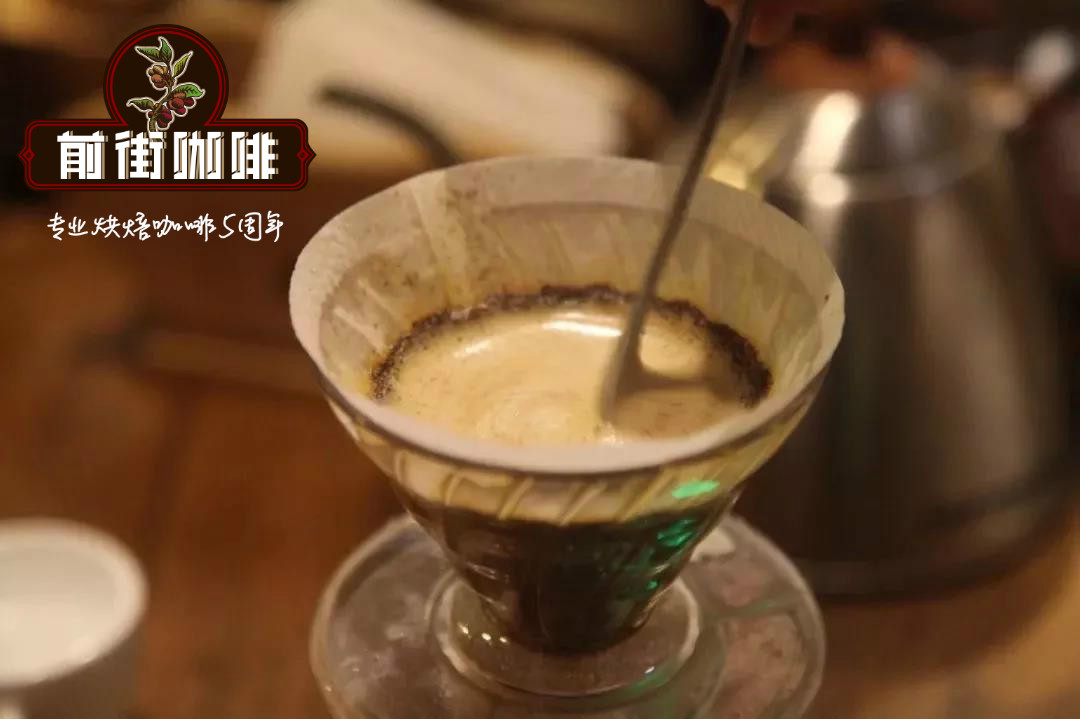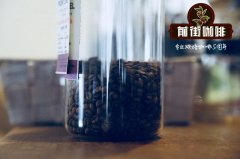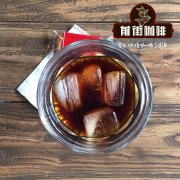Yemeni Coffee Manor introduction: coffee beans with red wine aroma of Yishima Haraazi

Professional coffee knowledge exchange More coffee bean information Please pay attention to coffee workshop (Weixin Official Accounts cafe_style)
Some say it's the oldest tree species, some say it's the growing area. At Haraazi local market in Yemen, suppliers of spices, tea, Qat qat, coffee say his coffee beans are special because they're always mixed together. The flavor is very special. She has always had a strong (big spicy) personality, surprising with red wine aromas.
Property Characteristics: Farms
Farmer: Small Holders
Region: Haraazi
Country: Yemen
Farm Size: 2.8 hectares
Altitude: 1,840--2,125 m
Certification: None None
Coffee Characteristics: Coffee characteristics
Variety: Mainly Jaa di, also Tuffahi, Dawairi, and Ismaili
Processing System: Traditional Natural Yemeni traditional roof drying
Appearance: 15--16 mesh
Top Jury Descriptions Judge's comment: Cinnamon 60 seconds from the first blast
aroma/flavor: strawberry, pineapple, cinnamon, cloves, red wine, maple syrup, caramel,
Acid: tannic acid, tartaric acid
complex complexity with other: bold fruity bouquet, velvety taste, chocolate aftertaste, high-profile spice flavor, recommended as a hand-brewed coffee bean
Front Street Coffee Reviews: Yemen beans are my favorite, ismaili is not easy to get, red wine fragrance will be better
Yemen is located on the Arabian Peninsula of the Asian continent, but it is very close to Africa as long as it crosses the Red Sea and Gulf of Aden. However, other Arab countries do not produce coffee, so the world classifies Yemeni coffee as a member of the North African coffee family. What is Yemeni mocha? Mocha is the export port of Yemeni coffee, because it is difficult to name all the smallest sub-producing areas in the history of coffee trade. Even if the coffee produced in these insignificant sub-producing areas is really excellent, the sun-dried beans nearby including East Africa are exported from Mocha Port to all parts of the world in the early stage. Now Mocha Port has long been silted up and disappeared. Many Isobian sun-dried beans are also named Mocha by themselves, such as the well-known Hara Mocha. I think it's because the flavor has a little bit in common with Yemeni coffee.
The correct spelling for mocha coffee should be Al-Mahka, which is the Arabic spelling, but it still ends up being the correct spelling for mocha or Mocha, regardless of some trivia about naming and spelling. Yemeni coffee is the most unique and expensive coffee in the world. The overall style is [wild] or [natural] coffee flavor and earthy complexity. For some people, it is spicy and pungent, but you must try it sometime. Among the top Yemeni coffees purchased from Direct Coffee, you will find that you love this unique coffee very much. If you also fall in love with it, it will be the beginning of a new coffee journey.
Yemen is probably the first country in the world to use coffee as a cash crop. It is said that coffee was introduced by Ethiopian pilgrims in the 6th century. Yemen's coffee culture is different from other regions. Exporters do not buy directly from farms, but from large plate dealers in the middle. The coffee received by local large plate dealers is all in pods and whole dried coffee cherries are usually stored in cellars. Yemeni coffee farmers have not suffered from trading patterns through large-scale distributors, mainly because limited local coffee cultivation land, high latitude and limited water resources make production scarce, and demand for Yemeni coffee is very high, keeping Yemeni coffee prices high.
Yemeni coffee is not easy to grow. Most farmland is planted with Qat grass, which is said to have mild refreshing effects. This plant absorbs water from the ground and breaks the underground aquifer. Growing coffee is different. I hope that changes can be made to make farmers stop growing Qat grass. But qat is dozens of times more profitable than coffee, and coffee beans can only be grown in small areas under qat if the government persuades farmers to do so. Perhaps so Yemen beans have more room for imagination.
Total number of coffee farms approx.
330,000
harvest time
Main crop October-December, secondary harvest April
Number of people involved in coffee
1,530,000
refining method
grading
Naturally dried arabian beans; no regulatory body, no grading system
Shading patterns
Wild, shaded but not documented, coffee grown on terraces
organic certification
No certification: all coffee is organically grown according to ancient methods, and no pesticides containing chemicals are used.
Major coffee producing areas
Mattari, Hirazi, Haimi, Saihi, Ismaili, Sharasi, Dhamari, Rimy
Output ranking
Asia 10th
World No. 46
tree species
More than 10 special native mocha species introduced from Ethiopia
Introduction of coffee
Introduced in the 6th century or earlier from the Hara region of Ethiopia, the original home of Arabica, Yemen was the first country to cultivate coffee since Ethiopia
Related: What is Mocha Coffee? Yemeni mocha matali sun-baked beans are the real mocha coffee beans of Yemen
Important Notice :
前街咖啡 FrontStreet Coffee has moved to new addredd:
FrontStreet Coffee Address: 315,Donghua East Road,GuangZhou
Tel:020 38364473
- Prev

How about Yemeni coffee? where is the most famous producing area of Yemeni coffee?
Professional coffee knowledge exchange more coffee bean information please follow the coffee workshop (Wechat official account cafe_style) for lovers who dabble in coffee slightly, when it comes to Yemeni coffee, it is easy to associate it with Mocha. If Ethiopia is a fickle woman-complex fruit and flowers, then Yemen is a brave man-chocolate, tobacco and thick taste
- Next

Introduction to the origin of Yemeni Coffee Manor: Sonani with the aftertaste of fruit wine
Professional coffee knowledge exchange more coffee bean information please follow Coffee Workshop (Wechat official account cafe_style) Property Characteristics: farm characteristics Farm Farm name: Small producers small producing Group Grade Grade: naturally dried Arabica beans, no regulatory agency, no grading system Region producing area: Sanaani Shanani Country country
Related
- Does Rose Summer choose Blue, Green or Red? Detailed explanation of Rose Summer Coffee plots and Classification in Panamanian Jade Manor
- What is the difference between the origin, producing area, processing plant, cooperative and manor of coffee beans?
- How fine does the espresso powder fit? how to grind the espresso?
- Sca coffee roasting degree color card coffee roasting degree 8 roasting color values what do you mean?
- The practice of lattes: how to make lattes at home
- Introduction to Indonesian Fine Coffee beans-- Java Coffee producing area of Indonesian Arabica Coffee
- How much will the flavor of light and medium roasted rose summer be expressed? What baking level is rose summer suitable for?
- Introduction to the characteristics of washing, sun-drying or wet-planing coffee commonly used in Mantenin, Indonesia
- Price characteristics of Arabica Coffee Bean Starbucks introduction to Manning Coffee Bean Taste producing area Variety Manor
- What is the authentic Yega flavor? What are the flavor characteristics of the really excellent Yejasuffi coffee beans?

